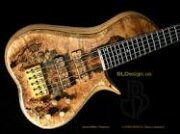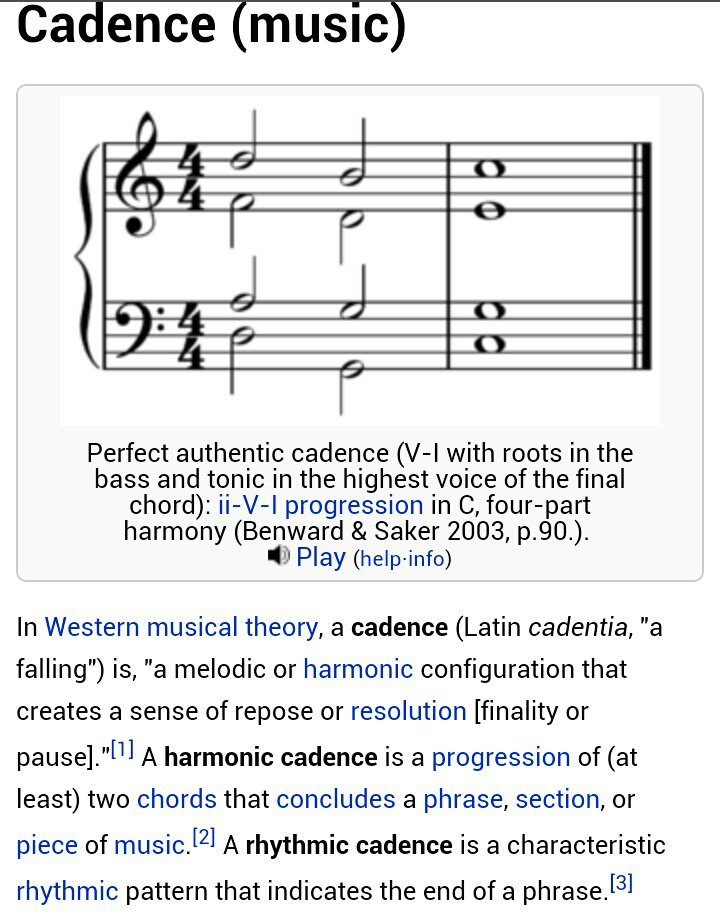In a recent blog post – It’s All In their Bass – The Foundation, I talked about what I thought was a fundamental part of learning to play by ear – Hearing the Bass Line. This practice is not new but was used extensively with Figured Bass back in the Baroque period of music history (circa 1600 – 1750). This can be seen in the works of J. S. Bach and in his contemporaries.
Why do you want to listen to the Bass Line? Well, I think that the bass lines offer a way to map out the structure of the song. But what is it about the Bass Line that is so important? Well it leads to what is called the cadence. Cay-what? Cadence.
According to Wikipedia, cadence is defined as “a melodic or harmonic configuration that creates sense of repose or resolution [finality or pause].” Cadences give music it’s harmonic phrasing and provides points in the music for rests or pauses. In the language of music, cadences are seen to be somewhat like punctuation with the weaker cadences working like commas and the stronger cadences working as periods.
There are four major types of cadences: Authentic, Half, Plagal and Interrupted. They each have their own characteristics and knowing what they look and sound like is important when listening and learning a piece if music.
The Authentic Cadence is the strongest cadence and it usually is the last cadence that is played. (See Pic Above). It usually involves a movement from the 5 (V) chord to the 1 (I) chord. More on that later.
The Half Cadence also called the Imperfect Cadence is any cadence that ends on the 5 (V) chord.
The Plagal Cadence is defined as a Cadence that moves from the 4 (IV) chord to the 1 (I) chord. It’s also called the “Amen” cadence because of the preponderance of its use in Hymn settings.
And finally the Interrupted Cadence rounds out the lineup of cadences. The Interrupted is defined as any cadence from the 5 (V) to any other chord other than 1.
Regardless of the cadence listed, knowing what they are is half the battle. Now all you have to do is Practice Them and you will be all set!
Smile and remember that today is another opportunity to Play It By Ear!
P.I.B.E.










I enjoy music and love how it can really help me mentally. Whether I want to relax or get energy, I know music helps set my mood. This definitely helps me better understand it. Thanks for sharing this.
You’re welcome Eric. Keep checking in. There’s more to come. I’m actually going to be doing some demonstrations soon.
Regards,
Dave
I came over from UBC. Don’t know very much about the base but I did play the violin.
Coffee is on
Very Well. I’ll drink to that. I love the violin. I think that no matter what instrument you play, having a WORKING knowledge of the fundamentals is key.
Thanks for Stopping by
Dave
Nice simple explanation on cadence
Thanks Adam. I remember a lot of this stuff from Music Theory 1 & 2 in College. Wikipedia helped too. lol
Hi David, great blog. We can think of the bass notes as the “base” or foundation. Just as in a well harmonized song, our lives need to be built on a good “bass”.
Thanks Michael. I learned this stuff from you initially. You were my hero growing up…